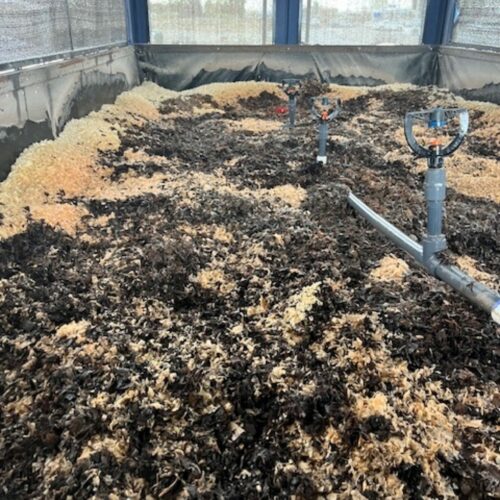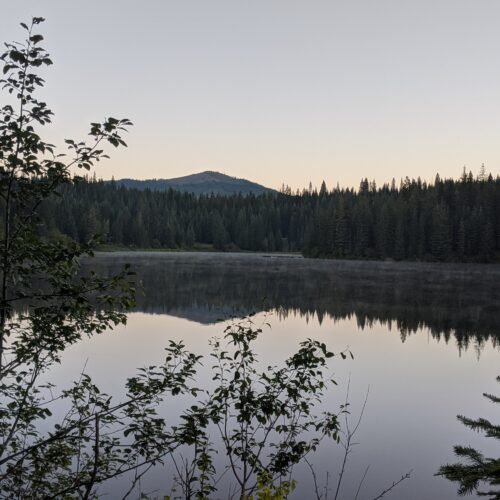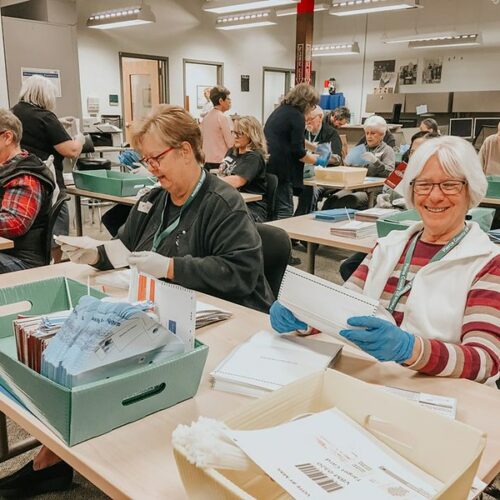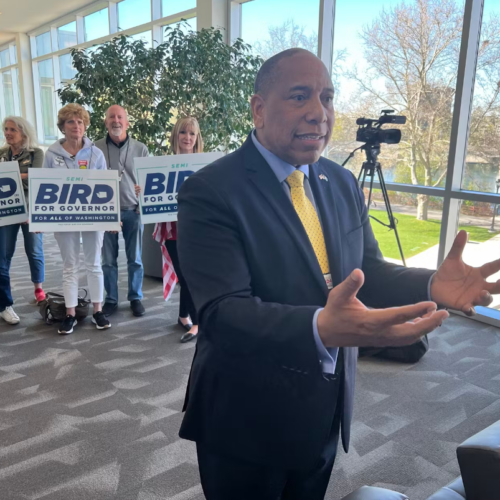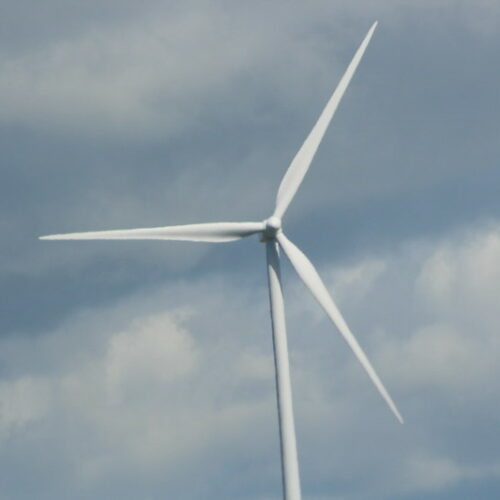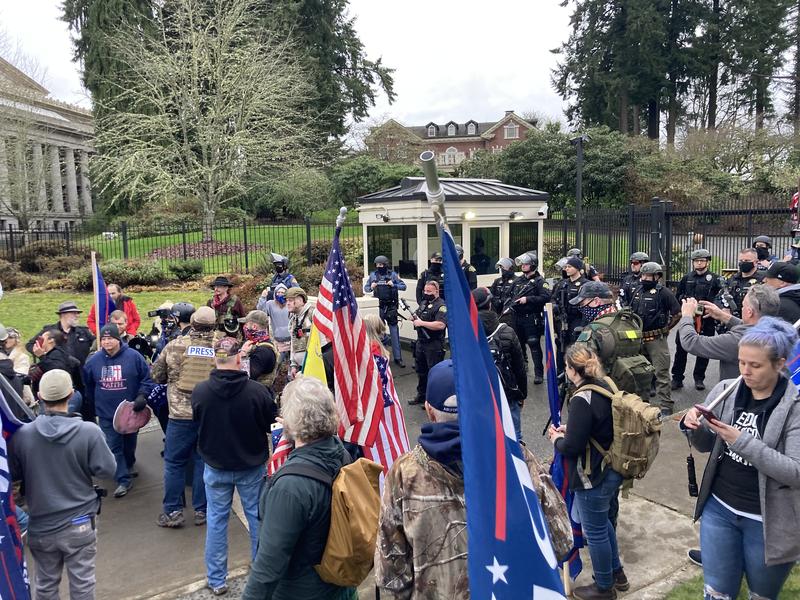
After Jan. 6 Breach, Washington Governor’s Residence To Get Security Upgrades
READ ON
The state of Washington will beef up security around the governor’s executive residence following a major breach of security on January 6, the same day a mob stormed the U.S. Capitol.
Money for the upgrades is included in the state’s next two-year capital construction budget which the state Senate approved Friday.
The budget includes $1.9 million to improve the fencing, gates and bollards surrounding the residence. Another $2 million will be spent to improve the video surveillance and lighting in the area.
“Both parties came to the conclusion that we needed to have some upgrades to the governor’s mansion security,” said Democratic state Sen. David Frockt, the lead capital budget writer in the Washington Senate.
On January 6, a group of pro-Trump protesters – including some who were armed – broke through a gate in the fence that surrounds the governor’s residence. The crowd swarmed the front lawn and made its way to the entrance of the red brick mansion. Inslee and his wife were home at the time and had to be taken to a safe location, according to the governor’s office.
While there had been previous security breaches at the residence, which sits on a hillside next to the Capitol building, the events of January 6 were unprecedented.
In addition to funding security improvements at the residence, the capital budget also includes $1 million to install hydraulic vehicle barriers at the entrance to the Capitol Campus.
Since the start of the 105-day legislative session, the Washington State Patrol has maintained a checkpoint at the primary entrance to the Capitol.
In addition, a temporary security fence surrounds much of the legislative building – which is closed to the public due to COVID-19 concerns.
Those heightened security measures were put in place following the events of January 6 . At the start of Washington’s legislative session in January, hundreds of National Guard members and state troopers from across Washington were on hand to guard the Capitol.
While the Guard members and most of the troopers eventually stood down, the fencing remained in place. However, a proviso in the capital budget calls for the fence to be taken down by May 31, unless there’s bipartisan agreement that it should remain.
For weeks, minority Republicans have called for the removal of the fencing.
The Legislature is scheduled to adjourn on Sunday.
Related Stories:
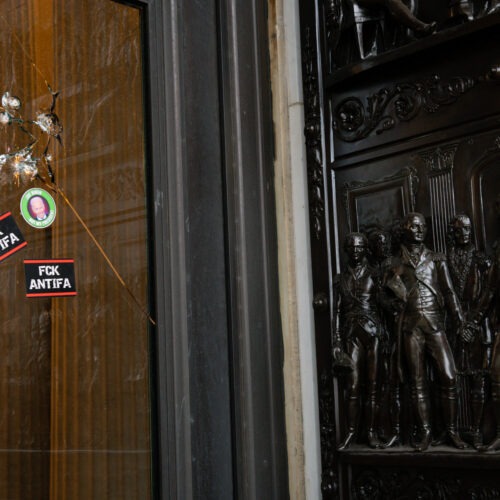
No, Antifa Did Not Storm The Capitol On January 6. Just Ask The Rioters.
But an NPR analysis of more than 280 people charged in the Capitol insurrection reveals a far different picture of the attack than the one painted by this baseless conspiracy theory — and it comes from the perspective of the rioters themselves. The individuals charged for their alleged involvement on Jan. 6 show a dogged fixation on antifa, not unlike the right-wing media. More than 1 in 10 specifically mentioned antifa by name regarding Jan. 6 at some point before, during or after the riot, according to court documents. They spoke of antifa to law enforcement but also in text messages, on Facebook, Twitter and Parler, and to some of the people who ultimately turned them in to the FBI. Continue Reading No, Antifa Did Not Storm The Capitol On January 6. Just Ask The Rioters.


